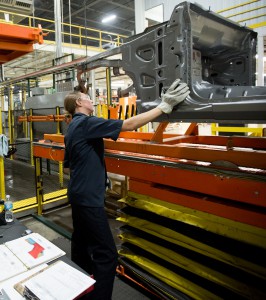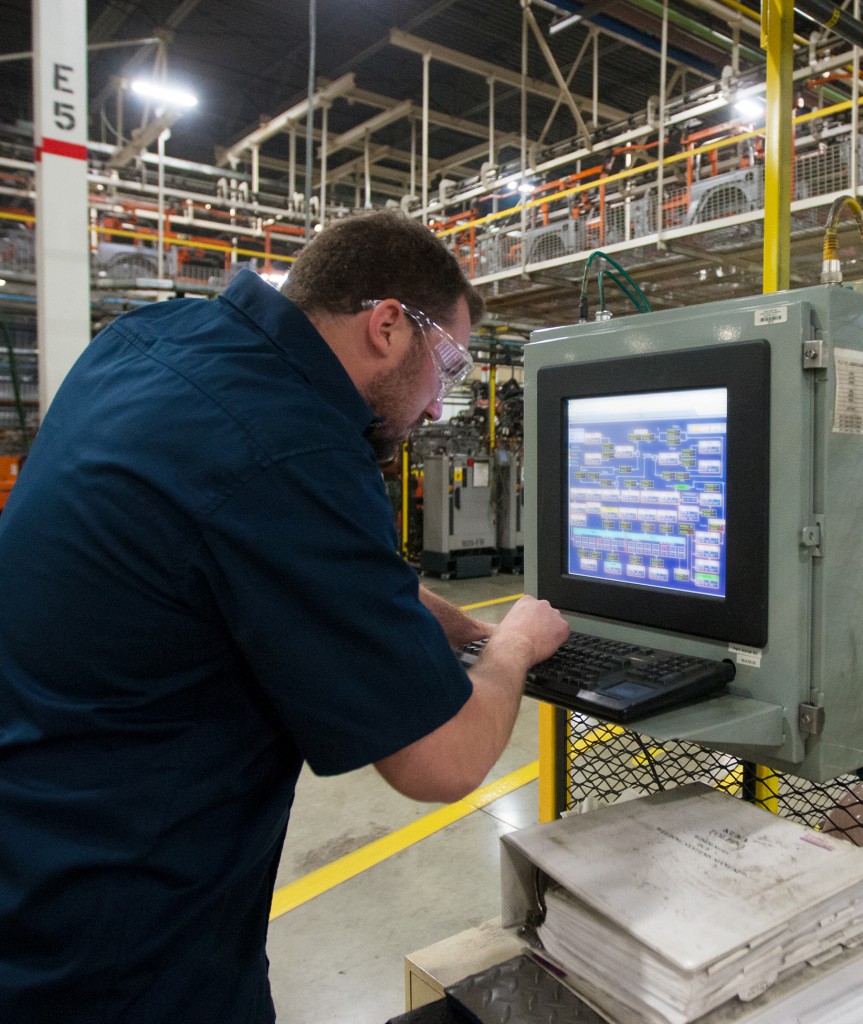Efficiencies, real-time customer insight and new service opportunities are becoming too great for manufacturers to ignore.

The technology marketplace is full of buzz today about big data and the Internet of Things. Today’s more pervasive and intelligent sensors and devices, connected to globally integrated and connected enterprise systems, analytics services and the cloud, are transforming industries, right now. With the rise of these connected and intelligent operations, manufacturing executives are not only finding new ways to shift to a more advanced supply chain architecture and create better insight, collaboration and communications, they are also focusing on a big new opportunity for revenue growth — services.
This is no passing trend. According to recent research by IDC commissioned by Microsoft, manufacturers stand to gain US$371 billion in value from data over the next four years, using it not only to gain visibility and insight to derive breakthrough productivity and reimagine enterprise processes, but also to understand and manage customer experiences in real time and increase the rate of differentiated innovation and service offerings.
Though its Technology Acceleration Program1, the Malaysian government has offered a financial incentive to local companies get access to big data analytics training in order to tap into this growing “data dividend.” In Germany, Europe’s longtime center for manufacturing, they’re calling it Industrie 4.0 — no less than the fourth industrial revolution.
In Asian countries like China and Thailand where manufacturing has long been a mainstay of the economy, phase one of this transformation will involve mining ever-growing volumes of data to find new efficiencies, connecting manufacturing operations and business IT into one holistic “intelligent system.” By wringing costs out of their processes in this way, manufacturers can ensure that they remain competitive globally.

Everyone wants a leaner, more efficient factory floor, but in many ways, production efficiency tapping insights from data is just the low-hanging fruit. The next wave of opportunity lies in applying those insights to build visibility, enterprise control, and create innovation, value and better execution across the entire value chain. Yes, there is a challenge in sharing sensitive operational data, but for most organizations, the rewards will outweigh the risks.
This trend is already leading to a big change in how manufacturers re-imagine themselves and their relationship with customers. The evolution of the car is a telling example. Technology in the car has become a top driver of purchasing decisions, leading auto manufacturers to rethink their customer relationship. In the past, that relationship largely ended at the point of invoicing the sale, but today, an auto manufacturer is also a technology provider. Managing the customer’s experience post-sale and engaging the customer throughout the vehicle ownership life cycle with rich, ongoing online services has become the core strategy for leading automotive manufacturers.
This is where the right data captured at the right time and delivered to the right employee within an organization — what is often referred to as the democratization of data — will be a game changer. Once the manufacturer connects discrete data sources across devices, processes, people and external networks, data evolves into insight. Replacement parts and updates can be sent proactively, repairs scheduled, inventory needs and expenses anticipated much more accurately. All of these are workflows that have traditionally taken a lot of effort, energy and disruption on the part of customers and resulted in bad customer experiences.

Data can unlock intelligence on these and many other business processes to drive performance to the next frontier. But for manufacturers looking beyond cost savings to revenue growth, services represent new and recurring sources of revenue that can be more appealing than just selling the device or the equipment. Think of selling a monthly subscription for new razors or toothbrushes as opposed to a single item.
Of all the decisions that manufacturers need to make as they embark on this journey, looking at the wingspan of their technology partners may be the most important. Trust, familiarity of software applications for workers, domain expertise, intelligent and secure cloud services for connecting machine-generated data, a scalable big data cloud platform that spans devices and services, interoperability, a rich partner ecosystem — these are but a few of the criteria manufacturers are using to evaluate their technology choices as they move toward that fourth industrial revolution.
The potential rewards for organizations that embrace a data culture in the world of ubiquitous computing are clear. And despite the unknowns, the lure of that potential is already creating a new wave of innovation for the industry. The only question for manufacturers now is, will they ride that wave, or will it knock them off their feet?
Additional information:
1. http://www.mscmalaysia.my/tap
This byline was first published on Industrial Automation Asia.






